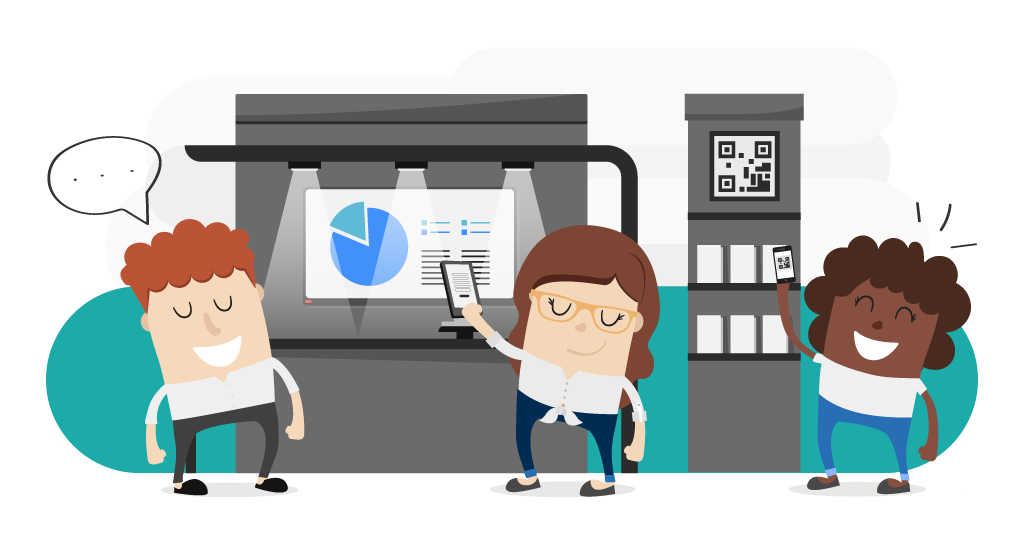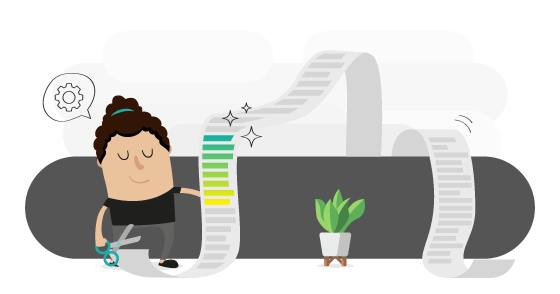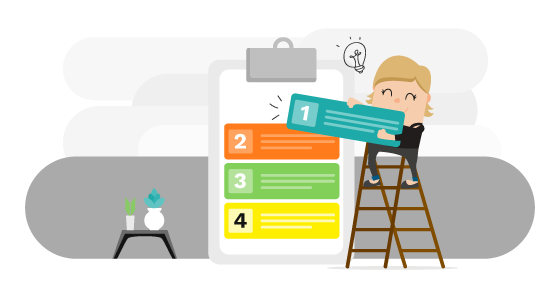Maximizing the ROI of Your Trade Shows
Aug 11 2025 / 4 min

What if every dollar you invested in a trade show brought you back four… or even five?
Trade show season is approaching, and for many B2B companies, these events are far more than just a visibility exercise—they can become powerful generators of qualified leads and tangible sales.
According to the 2024 B2B Marketing Trends Study by Bang, 85% of companies that attend trade shows say this tactic has helped them meet their marketing goals. Some report an impressive return on investment of up to 4:1—and for certain Fortune 500 companies, that figure climbs to 5:1. That’s enough to turn a booth into a true opportunity machine… provided you have the right strategy.
But here’s the catch: these results don’t happen by chance. Behind every successful trade show is careful preparation, an on-site presence that grabs attention, and disciplined follow-up. A B2B booth shouldn’t just be about “holding down the fort” and waiting for visitors. It should be a strategic meeting point where every interaction counts, and where every prospect is identified, qualified, and guided through a genuine conversion journey.
What to Aim for in Successful B2B Event Marketing
A B2B booth isn’t just a passive display. It’s a strategic activation tool designed to attract the right visitors, deliver a memorable experience, and quickly identify high-potential prospects.
To achieve this, three levers are essential:
- Targeted visibility: attract visitors who match your ideal client profile.
- Clear hook: communicate your value in under 3 seconds.
- Intent detection: spot buying signals from the very first conversation.
1. Before the Show: Laying the Groundwork for Maximum ROI
Your trade show participation doesn’t start on opening day—it starts weeks, even months in advance. Preparation is like warming up a room before a presentation: your audience is more receptive when they’re already engaged.
Step one: set clear, measurable goals. For example:
- Secure 20 qualified meetings with strategic prospects.
- Deliver 50 full product demonstrations.
- Sign 5 contracts on-site.
Next, identify your priority prospects. Use your CRM database and participant lists from the organizer to pinpoint high-value decision-makers.
From there, multiply touchpoints before they set foot in the venue:
- A dedicated landing page with event details, a preview of your booth, and exclusive offers.
- Targeted email campaigns (VIP invites, private demos, exclusive contests).
- LinkedIn or Facebook posts revealing behind-the-scenes setup or product teasers.
- Direct calls or personalized messages from your sales reps.
Goal: ensure visitors arrive already intrigued and ready to engage.
2. During the Show: B2B Activation Strategies to Stand Out
According to Trade Show Labs, 81% of participants remember at least one exhibitor six months after an event. B2B trade shows are sensory-heavy environments—noise, visuals, messages—where blending in means losing opportunities.
To attract attention, create an experience to live, not just to look at. This might be:
- An immersive demo where prospects try the product themselves.
- An AR or 3D experience to visualize your solution in their context.
- A fun contest with a prize relevant to your audience (not just an iPad that appeals to everyone but qualifies no one).
- An “Instagrammable” interactive space that encourages instant sharing.
The activation must align with your message and goals. A manufacturer could set up a simulator to showcase performance gains in real time; a service company might host 10-minute micro-talks on key industry challenges.
But animation alone isn’t enough—you must capture and qualify data. Record every interaction: name, role, company, expressed interest, and next steps. Use lead capture tools (tablet, badge scanner, quick form) and mark lead “temperature” as hot, warm, or cold. This lets you immediately prioritize the most promising prospects and tailor next steps.
3. After the Show: Turning Leads into Sales
This is where ROI is truly won or lost. Too many companies let opportunities slip by, waiting too long to follow up.
Ideally, every priority prospect should get a personalized follow-up within 48 hours:
- An email recapping the conversation and proposing next steps (call, demo, proposal).
- A LinkedIn invitation to maintain the connection.
- A direct call if interest is high.
Next comes nurturing. Not all prospects will convert right away—especially in B2B, where decision cycles can be extended. Build tailored content sequences, such as case studies, white papers, webinars, or custom demos. Retargeting ads can also keep your brand top-of-mind.
Finally, measure your results. Don’t just count leads—calculate closed sales, total pipeline value, and conversion rates versus your goals. This will help decide whether to repeat, refine, or rethink your presence.
Summary of Key Actions to Maximize B2B Trade Show ROI
| Stage | Priority Actions | Recommended Tools | Success Indicators |
| Before – Prepare the Groundwork | Set measurable goals (meetings, demos, sales), identify and target strategic prospects, multiply touchpoints (web, email, social, calls), and offer exclusive incentives | CRM & segmentation, email marketing tools (HubSpot, Mailchimp), dedicated landing page, targeted LinkedIn Ads | Confirmed meetings before the show, email open & click rates, pre-event social engagement |
| During – Make an Impression | Create immersive or interactive experiences, align activations with your message, capture and qualify leads in real time, and encourage social sharing | Badge scanners/lead capture apps, lead qualification tools (hot/warm/cold), activation materials (photo booth, AR, demos), hashtag & social wall | Qualified leads captured, social mentions, and participation rates |
| After – Close the Loop | Follow up with priority leads within 48h, implement nurturing sequences, use retargeting to stay top-of-mind, analyze results to adjust strategy | CRM with automated follow-up, marketing automation platforms (HubSpot, ActiveCampaign), retargeting tools (LinkedIn, Meta, Google Ads) | Average follow-up time, conversion rate by segment, total pipeline value, overall event ROI |
Quick Answers to Common Questions
How to calculate B2B trade show ROI?
Add closed sales + estimated value of ongoing opportunities, then divide by total participation cost. A 4:1 ROI means every $1 invested returns $4.
When should you follow up with a lead after a show?
Within 48 hours—ideally within the hour. Speed dramatically boosts your chances of conversion.
Best activation ideas for trade shows?
Those that actively involve the visitor: product demos, AR/VR experiences, micro-talks, thematic photo booths, targeted contests.
Should you aim for quantity or quality of leads?
Quality wins. Ten hot prospects convert better than a hundred cold contacts.
Most common exhibitor mistake?
No structured follow-up plan. Without it, up to 80% of leads are lost.
Giving away pens is fine. Turning visitors into clients is better.
We help you make every event count—before, during, and after your trade show presence.
Need help organizing the perfect trade show? Call our experts.
You may also like

AI Is Making Us Ramble… Here’s How to Break the Habit
There’s a new plague in B2B marketing. It’s not AI stealing our jobs. It’s AI making us ramble. Sales pitches read [...]
Content marketing
Dec 15, 2025
/3 min

How to Prioritize Your B2B Marketing Projects in 2026 (and Achieve More with Less)
If your goal for 2026 is to better prioritize your B2B marketing projects with a small team that’s already stretche[...]
Strategy
Dec 1, 2025
/4 min

B2B Video Marketing: No More Excuses
Not long ago, adding video to a B2B marketing strategy still seemed optional. “Our clients aren’t on TikTok,” “That[...]
Content marketing
Nov 17, 2025
/3 min
